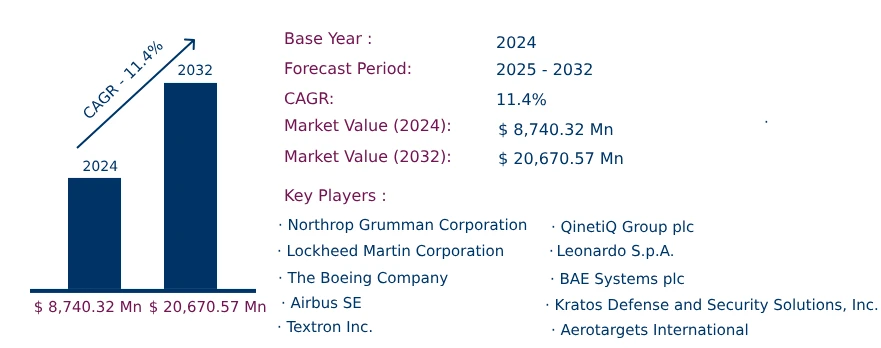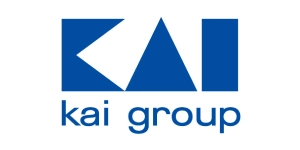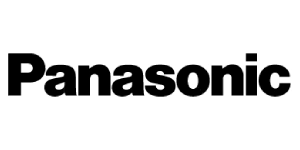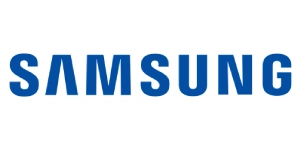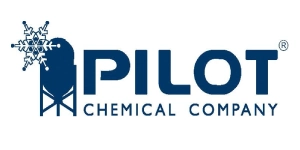Global Target Drone Market to Reach USD 20,670.57 Million by 2032 | CAGR of 11.4%
Category : Aerospace and Defence | Published Date : Jan 2025 | Type : Press Release
Target Drone Market Scope & Overview:
In the newly published report, Consegic Business Intelligence states that the Target Drone Market size was valued at USD 8,740.32 million in 2024 and is projected to grow at a CAGR of 11.4%, reaching USD 20,670.57 million by 2032. Target drones are unmanned aerial vehicles designed to simulate threats for military training, weapon testing, and research purposes. These drones provide realistic simulations of aerial, ground, and marine threats, supporting advanced combat readiness and weapons evaluation programs. Equipped with features like radar cross-section replication, advanced payloads, and high maneuverability, they play a critical role in modern defense strategies.
The report comprises the Target Drone Market Share, Size & Industry Analysis, based on Type (Fixed-Wing Target Drones, Rotary-Wing Target Drones, Hybrid Target Drones), Target (Aerial, Ground, Marine), Engine Type (Internal Combustion Engine, Jet Engine, Turbojet Engine, Others), Application (Combat Training, Target Acquisition, Reconnaissance, Others), and Region (North America, Europe, Asia-Pacific, Middle East & Africa, Latin America), and Forecast, 2025-2032.
The report contains detailed information on Target Drone Market Trends, Opportunities, Value, Growth Rate, Segmentation, Geographical Coverage, Company Profiles, In-depth Expert Analysis, Revenue Forecast, Competitive Landscape, Growth Factors, Restraints or Challenges, Environment & Regulatory Landscape, PESTLE Analysis, PORTER Analysis, Key Technology Landscape, Value Chain Analysis, and Cost Analysis.
The rising demand for realistic combat training, driven by evolving military strategies, is propelling the market's growth. However, endurance and range limitations remain a challenge for market expansion.
Segmental Analysis :
Based on type, the market is segmented into Fixed-Wing Target Drones, Rotary-Wing Target Drones, and Hybrid Target Drones.
- The fixed-wing target drones segment accounted for the largest share in 2024, owing to their extended flight endurance and higher speeds, making them essential for military training exercises.
- The hybrid target drones segment is expected to grow at the fastest rate, supported by their vertical take-off and landing capabilities, enhancing operational flexibility in confined spaces.
Based on target, the market is segmented into Aerial, Ground, and Marine.
- The aerial target segment dominated the market in 2024, driven by its extensive use in simulating air threats and supporting air-to-air and air-to-ground combat training.
- The marine target segment is projected to grow at the fastest CAGR, fueled by its applications in naval training and missile system testing.
Based on engine type, the market is segmented into Internal Combustion Engine, Jet Engine, Turbojet Engine, and Others.
- The internal combustion engine segment held the largest revenue share in 2024, attributed to its cost-effectiveness and reliability across diverse training environments.
- The turbojet engine segment is expected to register the fastest growth, driven by its superior speed and performance in replicating advanced aerial threats.
Based on application, the market is segmented into Combat Training, Target Acquisition, Reconnaissance, and Others.
- The combat training segment accounted for the largest share in 2024, supported by the growing adoption of target drones for realistic combat simulations and enhanced soldier preparedness.
- The reconnaissance segment is anticipated to grow at the fastest rate, driven by rising geopolitical tensions and the increasing demand for real-time intelligence gathering.
Based on regions, the market is segmented into North America, Europe, Asia-Pacific, Middle East & Africa, and Latin America.
- Asia-Pacific: Held the largest market share in 2024, with China contributing 31.8% of the regional revenue, driven by investments in defense modernization and target drone technologies.
- North America: Expected to grow significantly, fueled by substantial investments in advanced drone systems and robust defense budgets in the U.S. and Canada.
| Report Attributes | Report Details |
| Study Timeline | 2019-2032 |
| Market Size in 2032 | USD 20,670.57 Million |
| CAGR (2025-2032) | 11.4% |
| Type | Fixed-Wing Target Drones, Rotary-Wing Target Drones, Hybrid Target Drones |
| Target | Aerial, Ground, Marine |
| Engine Type | Internal Combustion Engine, Jet Engine, Turbojet Engine, Others |
| Application | Combat Training, Target Acquisition, Reconnaissance, Others |
| By Region | North America(U.S., Canada, Mexico) Europe(U.K., Germany, France, Spain, Italy, Russia, Benelux, Rest of Europe) APAC(China, South Korea, Japan, India, Australia, ASEAN, Rest of Asia-Pacific) Middle East & Africa(GCC, Turkey, South Africa, Rest of MEA) LATAM(Brazil, Argentina, Chile, Rest of LATAM) |
Top Key Players & Competitive Landscape :
The competitive landscape encompasses major innovators, aftermarket service providers, industry giants, and niche players, all of which are thoroughly examined by Consegic Business Intelligence in terms of their strengths, weaknesses, and value-addition potential. This report includes detailed profiles of key players, market share analysis, mergers and acquisitions, resulting market fragmentation, and emerging partnership trends and dynamics.
List of prominent players in the Target Drone Industry:
- Northrop Grumman Corporation (USA)
- Lockheed Martin Corporation (USA)
- The Boeing Company (USA)
- Kratos Defense & Security Solutions, Inc. (USA)
- Textron Inc. (USA)
- QinetiQ Group plc (UK)
- Leonardo S.p.A. (Italy)
- BAE Systems plc (UK)
- Airbus SE (Netherlands)
- Aerotargets International (Australia)
Recent Industry Developments :
- 2024: Kratos Defense launched a next-generation high-speed target drone to simulate advanced aerial threats for military training and weapons testing.
- 2023: Northrop Grumman introduced modular target drone systems designed to integrate diverse payloads for multi-mission adaptability.
